What colour considerations could be used for architectural restoration?
DOI:
https://doi.org/10.22320/07196466.2025.43.067.03Keywords:
cultural heritage, surfaces, color, theory, criticismAbstract
This article looks at the choice of color on the surfaces of the built heritage as an image problem in the context of architectural theory and criticism. The image is approached as a mechanism for human perception and memory. The arguments defended regarding the use of color by the leading exponents of restoration theory are presented, comparing this theoretical production against the chromatic reality of three urban centers in Brazil. These sites reflect the image of the built heritage fixed in the memory of the Brazilian population, making it possible to understand them as paradigmatic examples. The work observes the inconsistencies between discourse and practice in chromatic interventions and brings to light the importance of restoration theory in creating alternative solutions. Demonstrating possible scenarios and possibilities of different interventions in the colors of architectural surfaces, the result brings to the debate the importance of theoretical knowledge for a practical production coherent with the notion of cultural heritage.
Downloads
References
AGUIAR, J. (2002). Cor e Cidade Histórica: Estudos cromáticos e conservação do patrimônio. Faculdade de Arquitectura da Universidade Porto publicações [FAUP], Lisboa.
ArchDaily. (2020). Casa de Innovación Cassina / Laurent Troost Architectures. Fotografias de Joana França, Laurent Troost, Alex Pazuelo, Brasil. https://www.archdaily.com.br/br/958210/casarao-da-inovacao-cassina-laurent-troost-architectures
ArchDaily. (2024). Casa Chamboirat / COVE Architectes. Fotografias de Charles Bouchaïb, Olivier Sabatier, Brasil. https://www.archdaily.com.br/br/1023190/casa-chamboirat-cove-architectes
BARRY, L. (2008). What it is. Drawn & Quarterly, Canadá.
BRANDI, C. (2008). Teoria da restauração. Ateliê Editorial. Tradução Beatriz Mugayar Kühl. 3. ed. Cotia, SP.
BRANDI, C. (2009). Il restauro: teoria e pratica. Editori Riuniti., Roma.
BONELLI, R. (1988). Restauro: l’immagine architettonica fra teoria e prassi. Storia architettura, 11, 55-14.
CARBONARA, G. (1997). Avvicinamento al restauro. Liguori. Napoli.
CARBONARA, G. (2020). Il tema del colore in architettura con una riflessione sul caso del Quartiere Coppedé in Roma. Magazine recupero e conservazione, 158, 10–19. https://www.recmagazine.it/sites/default/files/recmagazine158_carbonara.pdf
FLORENZANO, L. (2023). As cores das superfícies arquitetônicas no patrimônio urbano uma relação entre a imagem, as normativas de preservação e os princípios teóricos do restauro crítico [Tese de doutoramento não publicada]. Universidade Federal do Rio de Janeiro.
FOSTER, H. (2021). O que vem depois da farsa? Ubu Editora. São Paulo.
KÜHL, B. M. (2004). O tratamento das superfícies arquitetônicas como problema teórico da restauração. Anais Do Museu Paulista: História E Cultura Material, 12(1), 309-330. https://doi.org/10.1590/S0101-47142004000100021
MONTANER, J. M. (2022). Arquitetura e Crítica. Olhares. Barcelona.
MORA, P., Y MORA, L. (1984). Le Superfici Architettoniche, Materiale e Colore in Bureca, A., and Palandri, G., (Eds.). Intonaci colore e coloriture nell’edilizia storica. Atti del Convegno, 25-27 October 1984, Bollettino d'Arte, 6(numerous special) pp. 17-24, Istituto Poligrafico dello Stato, Roma.
MOTTA, L. (1987). A Sphan em Ouro Preto, uma história de conceitos e critérios. Revista do Patrimônio Histórico e Artístico Nacional, (22), 108-122. https://docvirt.com/docreader.net/DocReader.aspx?bib=reviphan&pagfis=8015
MOTTA, L. (2008). Patrimônio urbano e memória social – uma avaliação sobre o descompasso entre discursos e ações de preservação in Correia, M. R. (Org.). Oficina de Estudos da Preservação - Coletânea I. 1ed. Rio de Janeiro: IPHAN-Rio.
MURATORE, O. (2010). Il colore dell′ architettura storica. Un tema de restauro. Alinea Editrice. Roma.
NESBITT, K. (Org.) (2008). Uma nova agenda para arquitetura. Antologia Teórica (1965-1995). Coleção Face Norte, volume 10. Cosac Naify, São Paulo.
PALLASMAA, J. (2013). A imagem corporificada: Imaginação e Imaginário na Arquitetura. Bookman Editora. Porto Alegre.
PESSÔA, J. S. DE B.(2011). O aprendizado sobre as técnicas construtivas coloniais nas primeiras restaurações do SPHAN [Seminário]. História da Construção Luso-Brasileira. Brasil.
PHILIPPOT, P. (1966). La notion de patine et le nettoyage des peintures. Bulletin de l’Institut Royale du Patrimoine Artistique, Bruxelles, 9, p. 138-143. https://difusion.ulb.ac.be/vufind/Record/ULB-DIPOT:oai:dipot.ulb.ac.be:2013/238777/Holdings
Santopuoli, N. (2015). Il rilievo del colore per il restauro delle superfici architettoniche. DisegnareCon, 8(14), 11.1-11.10. https://disegnarecon.univaq.it/ojs/index.php/disegnarecon/article/view/21/16
TURCO, M. G. (10-11 novembre 2018). Coloriture architettoniche: questioni aperte, Restauro e Architettura. Problemi di tutela e conservazione [Sessione della conferenza]. Vuolsi aiutare quel ch’è fatto, e non guastare quello che s’abbia a fare. Atti del V Seminario di formazione per gli insegnanti, Musei Vaticani, Anisa per l’educazione, Roma, Italy.
Downloads
Published
How to Cite
Issue
Section
License
Copyright (c) 2025 Luciana da-Silva-Florenzano, Rosina Trevisan-Martins-Ribeiro

This work is licensed under a Creative Commons Attribution-ShareAlike 4.0 International License.
The content of the articles published in each issue of Arquitecturas del Sur is the sole responsibility of the authors and does not necessarily represent the opinion of University of the Bío-Bío.
The authors will maintain their copyright; however, they will guarantee the journal the right to first publication and dissemination of their work. The publication of the article in Arquitecturas del Sur will be subject to the Creative Commons International license (CC BY-SA) that allows others to adapt: remix, transform and build on the material for any purpose, even commercially; share: copy and redistribute the material in any medium or format, as long as the authorship and first publication in this journal are acknowledged by citing them correctly, and their new contributions are under a license with the same terms.


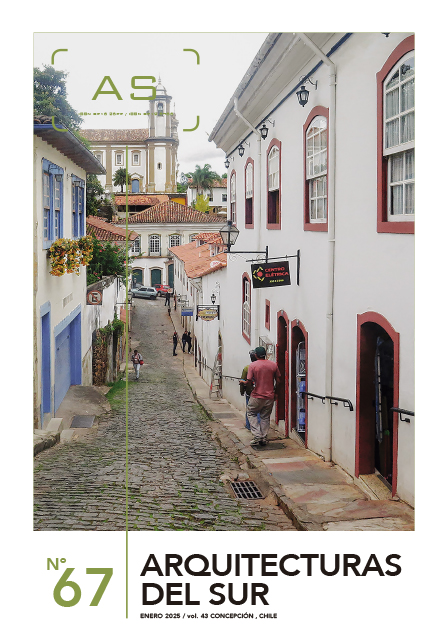


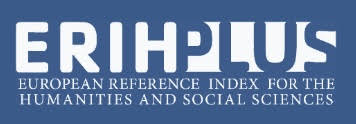




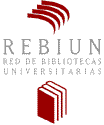

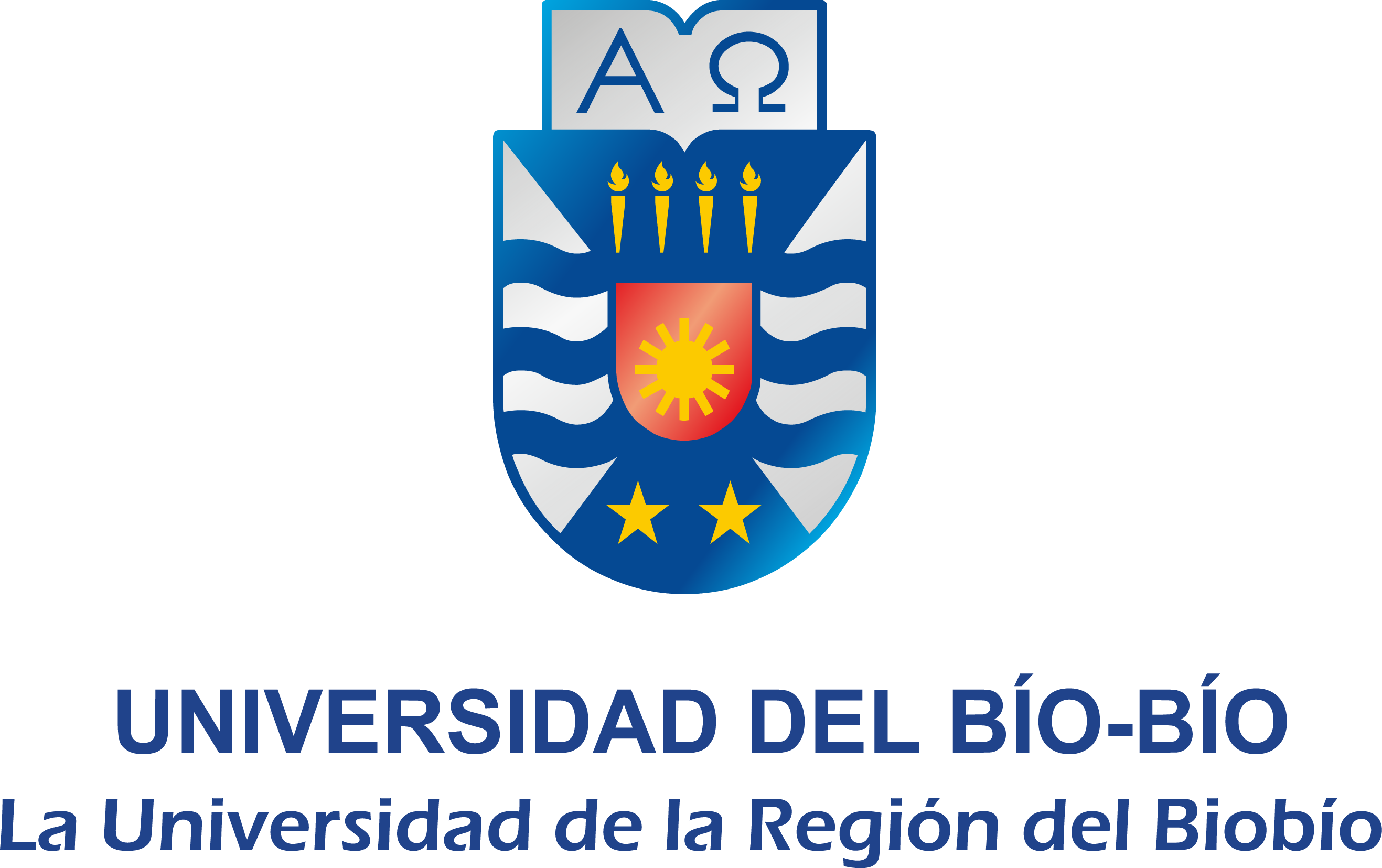

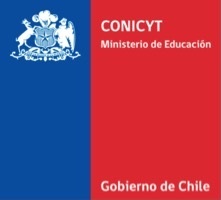 Programa de Información Científica/Concurso Fondos de Publicación de Revistas Científicas 2018/ Proyecto Mejoramiento de Visibilidad de Revistas UBB (Código:FP180007)
Programa de Información Científica/Concurso Fondos de Publicación de Revistas Científicas 2018/ Proyecto Mejoramiento de Visibilidad de Revistas UBB (Código:FP180007) 
